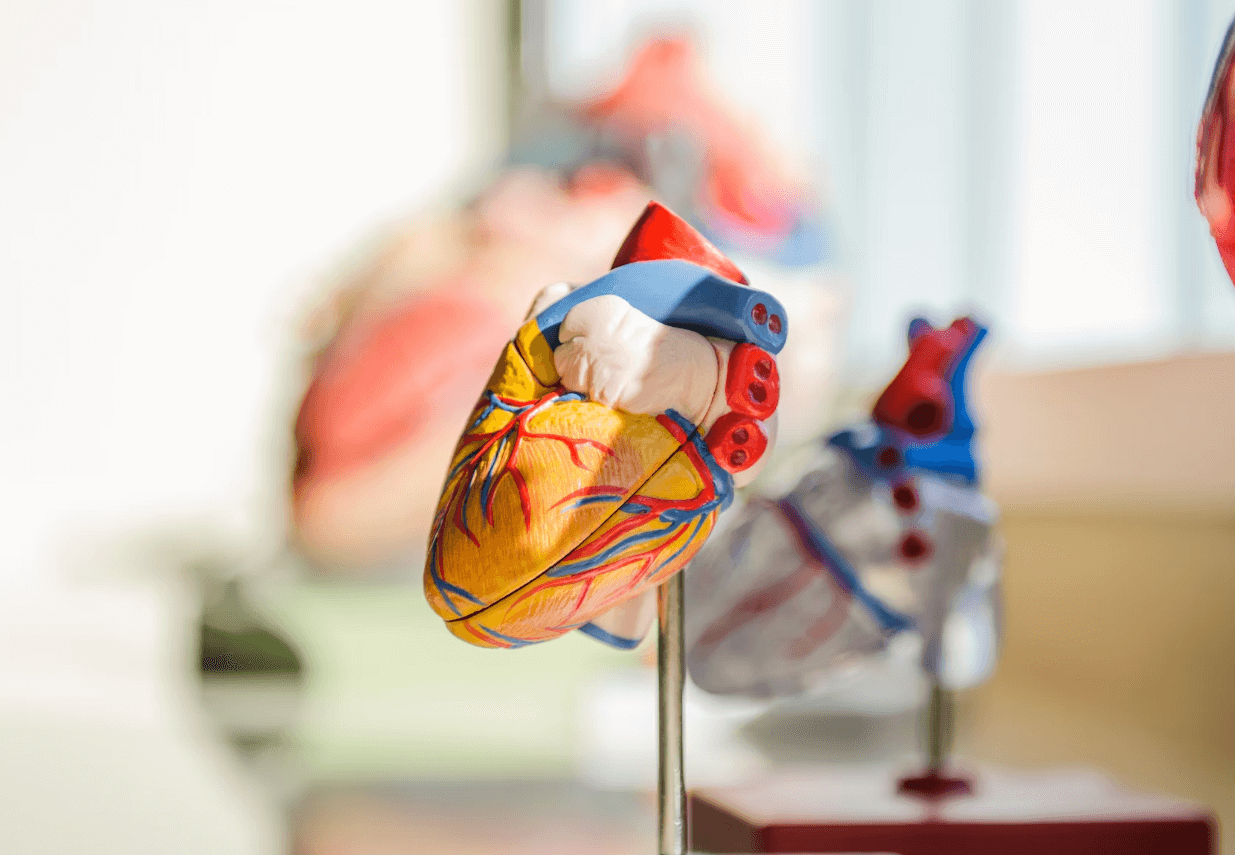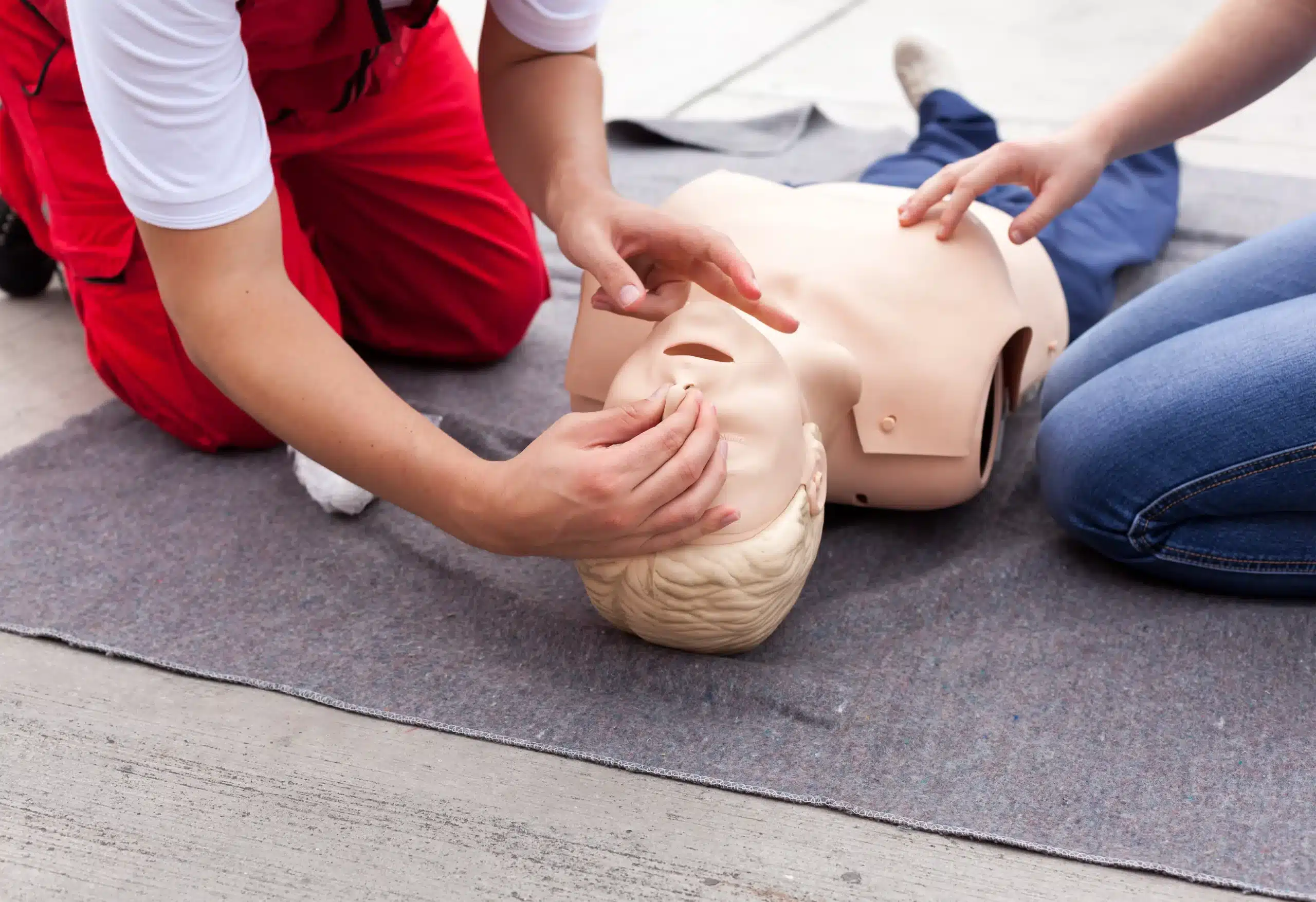When seconds mean the difference between life and death, few skills are as critical as CPR (Cardiopulmonary Resuscitation). Every year, thousands of people experience cardiac or respiratory emergencies in public spaces and homes. Without immediate action, the chances of survival drop rapidly. That’s where CPR steps in—a life-saving intervention that every healthcare professional and even the general public can learn, empowering them to make a real difference.
This blog post explores everything you need to know about CPR, from its definition and history to its role in healthcare and the powerful impact it has in saving lives. By the end, you’ll understand why CPR isn’t just an optional skill—it’s a necessity.
What Is CPR and Its Role in Healthcare?
CPR, or Cardiopulmonary Resuscitation, is an emergency procedure designed to restore blood flow and oxygen to the brain and other vital organs during cardiac arrest or respiratory emergencies. This life-saving technique involves a combination of manual chest compressions and rescue breaths aimed at maintaining circulation until professional medical help arrives.
How CPR Works:
- Chest Compressions: Push hard and fast at the center of the chest to mimic the heart’s pumping action, keeping blood circulating to the brain and other organs.
- Rescue Breaths (optional in certain cases): Deliver air into the person’s lungs to ensure oxygen reaches the bloodstream.
Purpose:
The immediate goal of CPR is to maintain oxygen and blood flow, keeping the organs functioning until heart rhythm can be restored. Its ultimate goal? Prevent brain damage and death.
CPR is not bound to hospitals—its universal applicability makes it vital everywhere, from bustling cities to remote communities.
The History of CPR
CPR, as we know it, has its roots in centuries of medical advancements. Here’s a quick timeline of how this technique has developed over the years.
- 1740: The first recorded use of mouth-to-mouth resuscitation for drowning victims.
- 1950s: Mouth-to-mouth resuscitation became formally recognized as an effective lifesaving technique.
- 1960: The American Heart Association (AHA) endorsed the combination of chest compressions with mouth-to-mouth, creating modern CPR.
- Present Day: CPR guidelines evolve based on extensive research, with greater emphasis on chest compressions alone in public interventions (Hands-Only CPR).
With every iteration, CPR methods have become more refined, rooted in evidence-based practices, and increasingly accessible to the general public.
Why CPR Is Crucial in Saving Lives
When it comes to cardiac arrests, time is everything. Each minute that passes without CPR reduces the chance of survival by 7-10%. Immediate CPR can double or even triple survival rates—this highlights just how powerful this fundamental skill is.
Hard-Hitting Statistics:
The statistics from AHA are eye-opening:
- Cardiac Arrests in the U.S.: Roughly 350,000 people suffer out-of-hospital cardiac arrests each year.
- Around 70% of these cardiac arrests happen at home, making bystander CPR crucial.
- Without immediate CPR, survival rates fall to less than 10%.
The Chain of Survival:
The concept of the “Chain of Survival” underscores the importance of CPR in emergency care, including five key components:
- Recognize Emergency & Call 911
- Immediate CPR
- Defibrillation (AED Use)
- Advanced Life Support
- Post-Cardiac Arrest Care
CPR occupies one of the most critical links in this chain—it’s the bridge between collapse and professional medical intervention.
Even if performed by bystanders with limited training, CPR buys precious time, often making the difference between a positive outcome and tragedy.
The Role of Healthcare Professionals in CPR
Healthcare professionals are the frontline heroes in emergencies, and CPR competency is one of their most essential tools. Here’s why it matters specifically for those in the healthcare field.
A Life-Saving Skill:
- Nurses & Paramedics: Often the first responders in hospitals and public emergencies, they must deliver high-quality CPR with minimal hesitation.
- ER Doctors & Surgeons: Performing CPR and coordinating resuscitation efforts are critical parts of their role during emergencies.
- Hospital Administrators/Educators: Responsible for ensuring that staff across all departments stay CPR-certified year-round.
Ongoing Training:
Medicine evolves, and so do the techniques involved in CPR. Regular certifications, such as Basic Life Support (BLS) or Advanced Cardiovascular Life Support (ACLS), ensure that every healthcare professional is up to date with the latest guidelines.
No matter their role, CPR is a life-saving skill every member of the healthcare team must master.
CPR Training and Certification
The good news? The life-saving skill of CPR is easy to learn and widely accessible.
How to Get Certified:
- Find a Credible CPR Training Program: Look for American Heart Association (AHA) courses like CPR and First Aid, BLS, ACLS, or PALS.
- Flexible Options Available: Training can be completed in-person or online, with mock scenarios to strengthen your skills.
- Timeline: Most certification programs take just a few hours, making it easy to learn even for those with busy schedules.
For the General Public:
Think CPR training is only for healthcare workers? Think again. Community members equipped with basic CPR skills are often the first line of defense during emergencies.
Suggested Provider:
Safety Training Seminars offers AHA-approved CPR training programs with tailored options that cater to both professionals and everyday heroes.
Debunking CPR Myths
Misconceptions often prevent people from stepping in during emergencies. It’s time to set the record straight.
Common Myths About CPR:
- Myth: “Only trained professionals should perform CPR.”
- Fact: While training is ideal, even untrained bystanders can perform Hands-Only CPR (chest compressions) until help arrives.
- Myth: “I might hurt them if I do it wrong.”
- Fact: You’re more likely to save their life than hurt them. Permanent injuries from CPR are rare compared to the risks of doing nothing.
- Myth: “CPR is only useful if there’s a defibrillator.”
- Fact: While AEDs significantly enhance survival rates, CPR alone keeps oxygen flowing and buys time until one arrives.
The takeaway? Action saves lives—don’t hesitate!
Key Takeaways
- CPR is a simple but life-saving technique that maintains blood flow and oxygenation during cardiac or respiratory emergencies.
- Learning CPR provides incredible benefits, whether you’re a healthcare professional or a concerned bystander.
- Training programs are widely available and accessible, often taking only a few hours to complete.
- Overcoming myths ensures more people feel empowered to act when it matters most.
Encourage your healthcare team or loved ones to become CPR-certified today.
Take Action Now
Don’t wait for a life-threatening emergency to realize the value of CPR training. If you’re ready to take the next step, check out Safety Training Seminars for leading AHA-certified programs like CPR, BLS, ACLS, and PALS.
Empower yourself, save lives, and make every moment count.






